Translate this: How AI Helps Overcome the Language Barrier
There are over 190 countries in the world, but even more languages: according to data for 2024, there are around 7000 thousand of them!
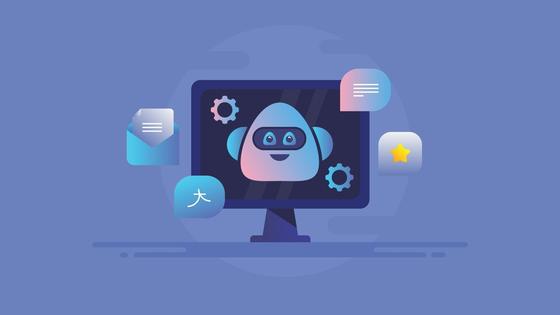
This means that a language barrier will always exist in one way or another, and it will not disappear anywhere, no matter how diligently you study. And imagine how convenient it would be to travel or participate in international conferences if this problem did not exist. Many researchers have already been interested in this problem before, Ludwig Zamenhof even developed his own language (Esperanto) to solve it, but this solution did not receive distribution. And it is here that high technologies come to the rescue, namely artificial intelligence, which can completely level out any language barriers in a few seconds!
All about AI translation: how it appeared and how it works
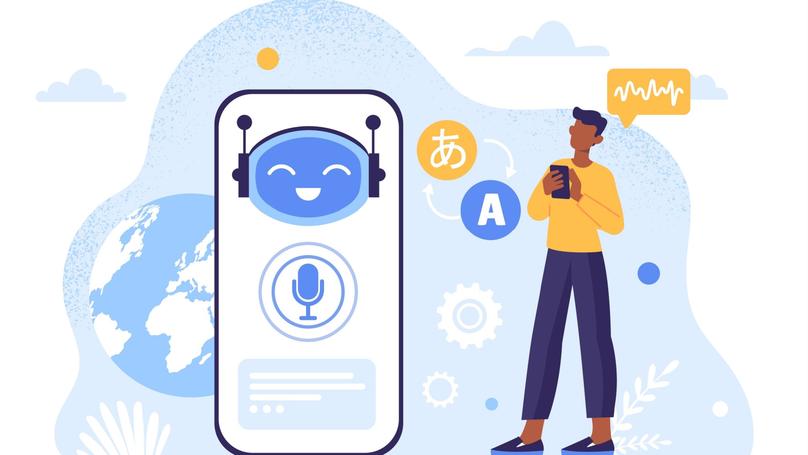
Any translation, as we know, is laborious and resource-intensive if it is carried out manually. And only manual translation is most often used if not in everyday life, then in professional activities and large industries, where it is important to take into account the context and specifics of this very industry. Thus, the first translations appeared at the beginning of our era and, as a rule, concerned religious sources with the aim of distributing them among different peoples. Of course, there was no question of literal translation then - the main thing was to convey the message, which, however, provoked many distortions and different deviations from the original.
Centuries later, dictionaries appeared that could be checked during translation, and years later - whole automated systems. However, in the context of globalization, this was no longer enough. As the neural network developed, the concept of which was formulated back in the 40s-50s of the last century, it became clear that it could be used to improve translation technologies as well. Thus, the development of neural network translators took place in several stages. The first versions of machine translation were based on rigid, pre-set rules and dictionaries, which could not but affect their flexibility and accuracy. Then statistical methods appeared, that is, phrase models, with the help of which the machine could take into account idioms, set phrases, etc. However, the revolution in automatic translators occurred at the same time as deep learning was invented. Thus, corresponding mobile applications appeared, which are convenient to carry around and which, when connected to the Internet, provided a translation instantly, for example, the famous Google Translate. To this day, it really provides high speed coupled with high quality and takes into account most cultural subtleties, and yes, this is also AI.
Now, translations using AI are based not only on machine translation, but also on neural translation (NMT). All NMT systems learn on huge sets of language data, that is, in simple terms, on many high-quality translations, the features of which they take into account, memorize and use in the future. You will agree that a person is not able to read 1000 finished translations in one minute and keep them all in their head, but AI can do it. It tracks and records even such nuances as idioms, references to mass culture, metaphors, allegories, etc., not to mention ordinary professional slang (phew, now it's easy for AI!).
However, with the advent of generative AI, that is, AI that can independently create content, and not just process existing content, translations have moved even further. Now AI systems can mimic human understanding, thereby further blurring the line between human-involved and machine translation. In addition, advances in the development of new language models, such as ChatGPT, have made it possible to create more convenient versions of services and tools for interacting with AI. Well, and even increased the accuracy of translation, of course, and even made the function of simultaneous translation a reality, from spoken language to audio and subtitles or vice versa.
Now AI translations have a lot of advantages compared to classical ones, produced by live specialists manually or through old machine learning, namely:
-
Accuracy and naturalness. Modern neural networks also know how to take into account context, lexical features of the language and provide more lively translations, even convey the humor and irony inherent in them. At the same time, by the way, AI can independently find rare or "outdated" phrases, since it has access to open data on the Internet.
-
Processing of large amounts of data. AI allows you to translate multi-page texts in a matter of seconds (okay, a maximum of a minute), which would take a specialist days.
-
Adaptability. Thanks to deep learning, neural networks are easily adapted to any language (therefore, any AI works with 60+ languages at the same time, creating absolutely any language pairs), culture, industry and even time. It's no secret that humanity does not stand still, so with the advent of new idioms, terms and slang, AI will immediately take this into account and remember it.
-
Possibility of simultaneous translation (even audio translation!). This allows AI to be used directly in real time, offline and even with a huge number of participants connected to the event simultaneously. For example, international conferences, when a speaker on stage gives a presentation in their native Spanish, and all one hundred people present sit in headphones and hear the translation of the presentation in their languages: some in English, some in Japanese, some in German. Sounds like a dream, right? But this is already a reality!
However, there are also disadvantages. For example, AI is still prone to so-called hallucinations, that is, the spontaneous invention of facts. This usually manifests itself only when using its generative functions, for example, when writing texts, when AI may decide that modern cars can fly and will be sure that this is true. In translation, such errors, these very hallucinations, are much less common, but can also occur in the form of distortion of the final meaning. Therefore, human supervision is still recommended for AI, because any error in translation can lead to a violation of ethics and even interethnic conflict.
AI translation capabilities can be applied in:
-
Business. Translation of documents, speeches of speakers at those very events, communication with partners in Zoom, where the video service itself translates what you say instead of you, and also broadcasts the speech of the interlocutor to you in a language convenient for you. This, by the way, is already a built-in Zoom function that you can use right now on certain tariffs.
-
Training. Take at least the same online courses, like Lectera: with the help of neural networks, you can translate educational materials into 100+ languages at the same time and facilitate interaction between the student and the teacher, especially if they also speak different languages.
-
Tourism. The Google Translator we mentioned has an audio translation function, and this is incredibly helpful when traveling: you speak into the microphone what you want to say, and Google converts your words into text in the language you need, which you just need to show to the interlocutor. This way you definitely won't get lost even in Africa! If only there was internet (the function itself is completely free).
These are the main niches where AI translation is now developing by leaps and bounds, but its use is also relevant in medicine for better exchange of knowledge between medical communities and in the field of entertainment, when, for example, film dubbing for an international audience is required.
Lectera’s Online Courses by topic
AI translation services and tools for business and personal use
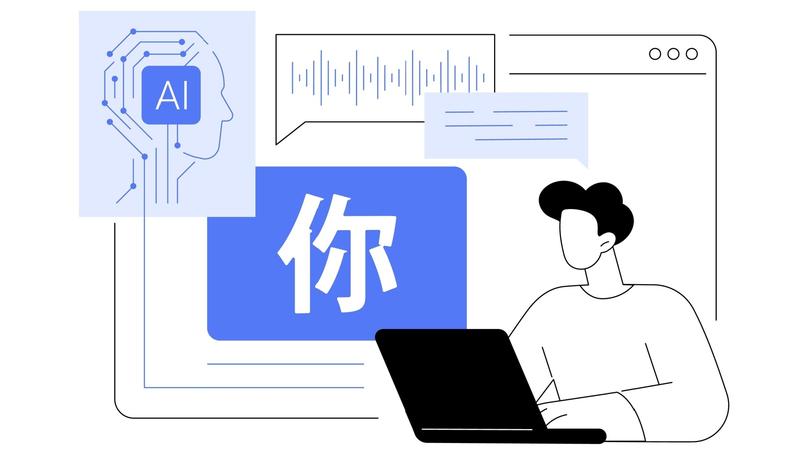
Today, built-in AIs are offered even by messengers, and they are ideal for everyday communication, for example, with students, foreign specialists, coaches, as well as for discussing housing rentals when planning travel or delivery. Such messengers, as a rule, use Artificial Intelligence technology, which even allows you to recognize a voice phrase and display its translation below in text format. This is what, for example, Telegram does in some of its versions or Viber, which eliminates the need to copy-paste and use third-party translators.
There are also special wireless headphones, such as Time Kettle M2, WT2 Plus or the Pilot device, which automatically translate and voice what they hear into 40 languages of the world. At the same time, they work even offline! In short, for everyday use, AI translations are presented in a huge assortment and formats that are convenient to use even momentarily, even in the middle of the street. The main requirement is always the audibility of the interlocutor, that is, so that the sound reaches the microphone. This is not quite suitable for business, where any discussions in different languages, as a rule, cover a large number of people, languages and require quick switching, and equal access to the microphone is difficult to provide (especially at offline meetings). Thus, modern companies offer special solutions for business based on even more advanced and flexible AI.
This is a whole platform for multilingual communication, the services of which are paid only when the translation is in progress. You can connect both the standard AI translation, which is discussed in the article, and a live translator from the database of the platform itself (there are more than 4500 of them). In any case, the translation works like this: at an event, speech or offline meeting, all participants scan a QR code or follow a link that came to their email and connect to the translation, which is broadcast on the platform in the desired language. The platform is set up as quickly as possible, literally in 10 minutes, and it can be used online as well: AI will broadcast the translated audio to video conference listeners instead of your voice with a maximum delay of 4 seconds.
This platform offers universal live subtitles based on speech-to-text conversion in real time. This is how it looks: any person speaks, and a ready-made translated text is displayed on the screen or smartphone of the participant. Moreover, the language can be changed at any time - AI works with more than 70 languages! Connection also occurs via QR.
Wordly provides real-time translation output in the language chosen by each participant, both in text form and in audio format played in headphones. You can connect to a Wordly session from both a phone and a computer, which makes it possible to use it even online using video conferences if you are holding a hybrid event (online and offline simultaneously).
There are also many other AI-based tools and products on the market that are more budget-friendly than those offered above (they are still primarily for big business, the goal of which is precisely to erase the language barrier between participants, partners, etc.). So, for everyday business purposes, such as creating content, you can use, for example, Speechify AI Translation, which converts audio to text, text to audio, etc. And it voices it naturally, with the chosen voice and live intonation.
The prospects for the development of neural networks in the field of translation are incredibly promising! After all, the smarter AI and language models become, the higher the accuracy of translation, its speed, and most importantly, its accessibility for any person and for any needs. So, AI is already gradually integrating into virtual reality and metaverses to create an even more comfortable seamless space, and the development of multimodal neural networks makes it possible to adapt AI translations even to the level of knowledge and mood of the user, for example, to translate the same text first into a "down-to-earth" and simple language, and then - into a more poetic, literary one. In addition, these technologies are much more budget-friendly and stable for business than hiring and, especially, keeping live specialists on staff.
Share this with your friends via:
Latest News

A significant stage in the development of the alternative education system has begun in West Northamptonshire in the UK: the County Council is actively calling on parents, guardians, and trustees to participate in shaping the future of this key area.

Outwoods Primary School in Atherstone, Warwickshire, having experienced deep sadness after the loss of their famous cat, Silla, has found solace in a new pet – a Maine Coon named Aloysius O’Hara.
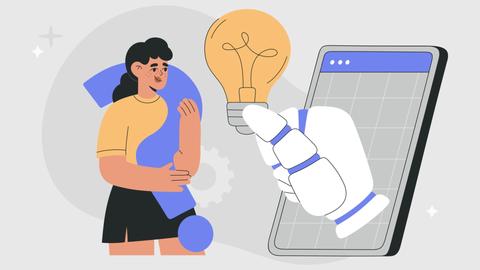
In modern universities, artificial intelligence, and in particular ChatGPT, is rapidly transforming from a controversial tool into a full-fledged student assistant.
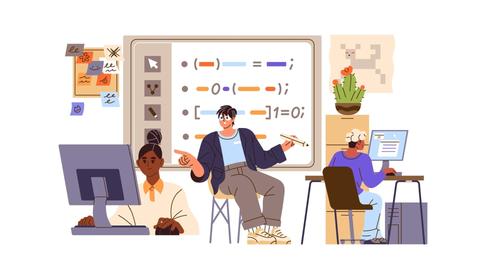
An innovative educational project is gaining momentum in UK primary schools, aiming to change attitudes towards video games.

The Massachusetts Institute of Technology (MIT) presents MIT Learn – a revolutionary online platform that opens a “new front door” to access university knowledge and resources.
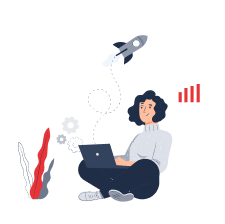

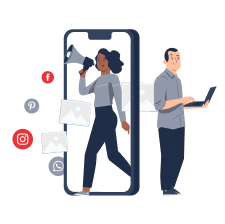
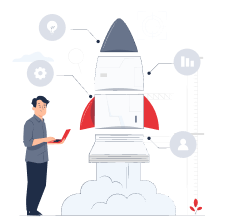

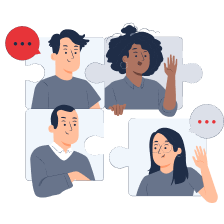






 How Not to Lose Focus When Learning Everything at Once: The Art of Selective Development
How Not to Lose Focus When Learning Everything at Once: The Art of Selective Development
 Test. What Winter Dessert Are You?
Test. What Winter Dessert Are You?
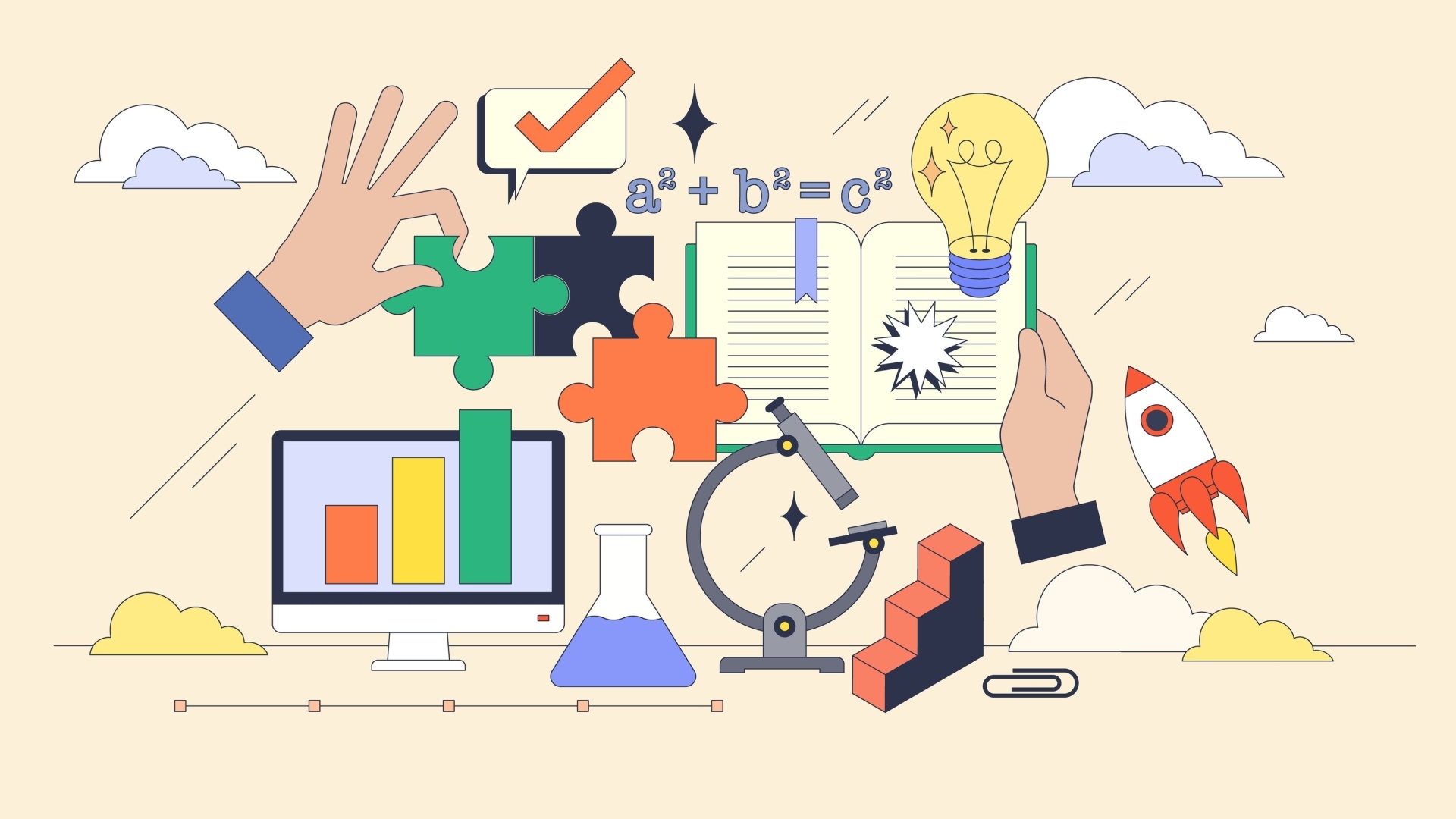 What New Skills You Should Start Learning Today
What New Skills You Should Start Learning Today
 Test: What Kind of Ancient Goddess Are You?
Test: What Kind of Ancient Goddess Are You?
 Test: Which Great Woman Would Invite You for Tea?
Test: Which Great Woman Would Invite You for Tea?
 Test: How Well Do You Balance Work and Personal Life?
Test: How Well Do You Balance Work and Personal Life?
